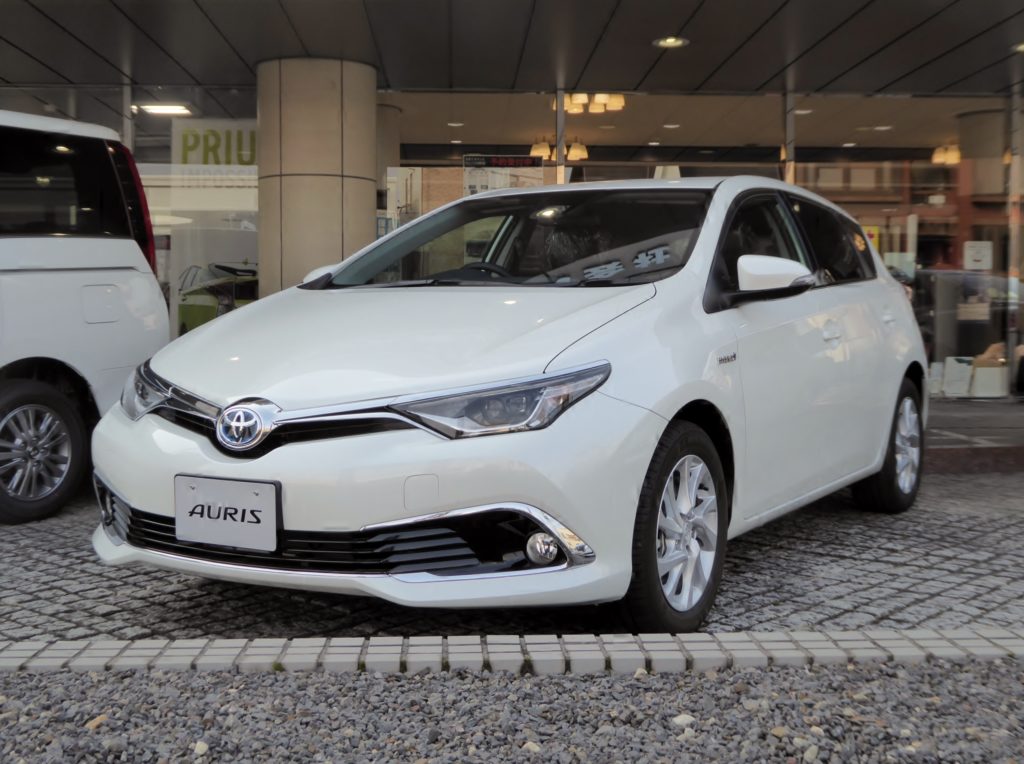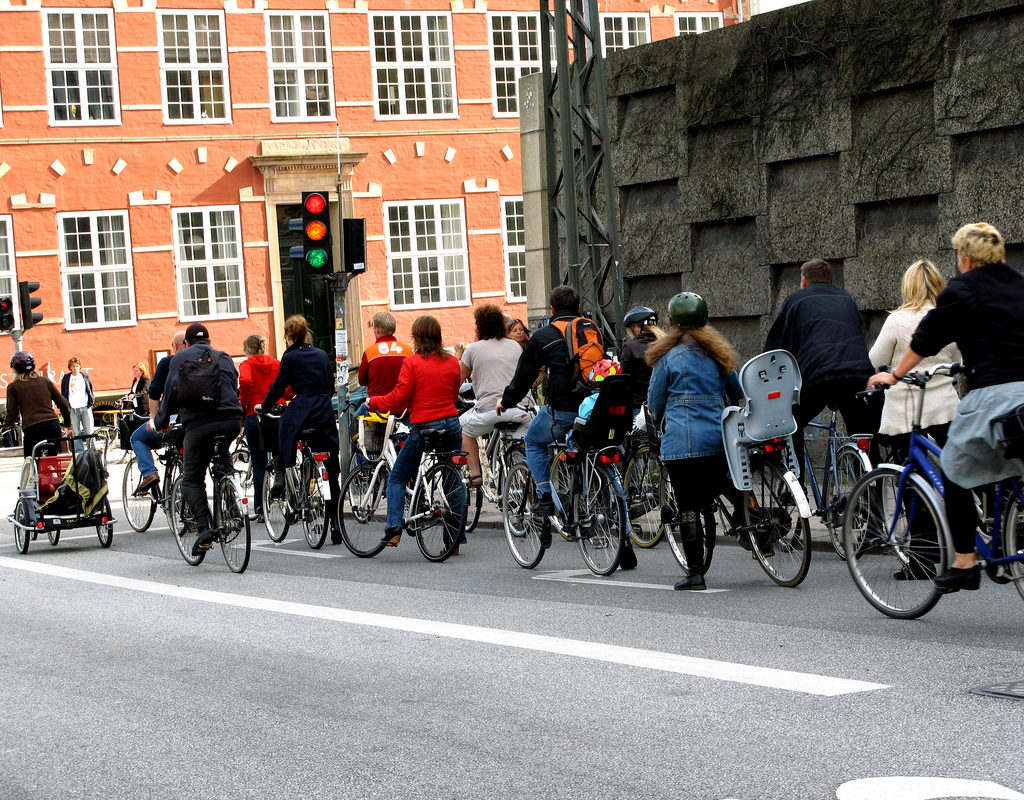It’s now old news that by 2040 most countries in the world want to stop supporting fossil fuels for the benefit of electricity-powered vehicles. While this is generally a good idea, it doesn’t appear completely practical for a lot of current car owners and drivers. Electric vehicles are expensive, and they can’t cover long distances on a single charge… and that goes without mentioning the time they need to recharge. In comparison, however harmful fossil fuels are to the environment, it’s easy to see why modern commuters still rely on fuel-powered cars. They can cover long distances; they only need a few minutes to refuel, and more importantly, they are a lot cheaper. But for younger generations who are more environmentally aware, buying a brand new fuel-powered vehicle is not the answer anymore. They need an affordable alternative to the electric car instead.
#1. Buying local and used
There is still plenty of time for innovative systems to reduce the end price of electric cars by 2040. So for now, it’s worth considering an affordable second-hand car that can be either hybrid or fuel-powered. Second-hand cars are indeed more eco-friendly than new cars, including hybrid vehicles. Why so? Because almost 30% of the carbon dioxide emissions associated with the lifecycle of a vehicle occur during the manufacture and transportation phases. Additionally, disposing of an old car also come at an environmental cost. So, for the time being, and until electric cars and charging infrastructures have developed, your best bid to save the planet is to call Subaru of Twin Falls or any other local car dealer and ask to see their second-hand vehicles. The best environmentally friendly vehicles for the seasons are the Skoda Fabia 2007 onward, the Toyota Auris and Yaris 2007 onward, and the Nissan Note 2006 onward.

#2. Embracing the potential of remote work life
If you’re in a professional position where you can make do without a car, congratulations. Remote roles are especially helpful to reduce the carbon dioxide emissions per inhabitant in large towns. Additionally, you always can find alternative options when you need to commute. From booking an Uber to renting a car, there is more than one approach to a car-less lifestyle. For most individuals, the combination of public transports and taxis presents the best solution in town, when you need to go to the office. If you’re lucky enough to work from home, you might find that owning a car is not a necessity of modern life anymore.

#3. Follow the Copenhagen model
Depending on your situation, you may not be ready to go full green. However, if you live within commutable distance from your workplace and your local amenities, you may be tempted by the example set by Copenhagen where for the first time since 1970, the number of bikes has overtaken the number of cars in town. The result? A congestion-free city and greener air in town.

When going electric is still too expensive, there is a range of eco-friendly options that you can choose from. From buying a second-hand car to riding a bicycle everywhere you go, it’s up to you. Remember that in the long term, your choice has not only a personal impact; it affects the future generations too. If the world can’t be car-free, let’s make it at least a little less gray.




